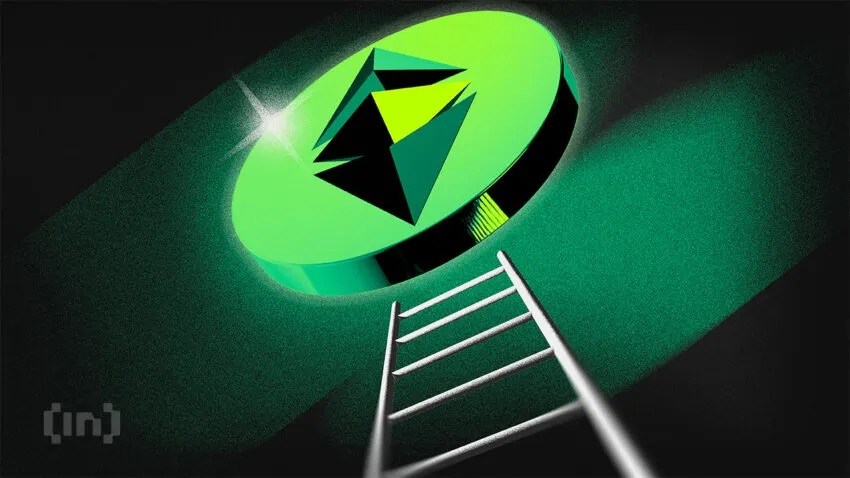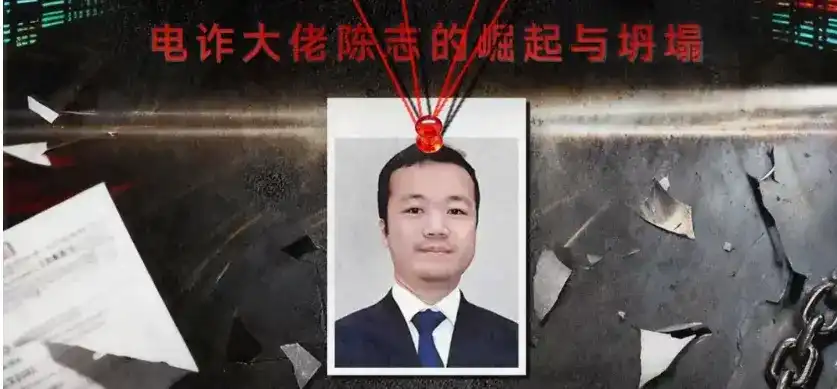Ethereum’s Vitalik Buterin Issues Rare Warning About Blockchain Validators
Vitalik Buterin remarks reignited debate among developers about the limits of validator power and the growing risks tied to off-chain components.
Ethereum co-founder Vitalik Buterin has cautioned that the blockchain’s cryptographic guarantees stop where external trust begins.
On October 26, Buterin explained that even a 51% attack cannot validate an invalid block. This means that even if a majority of validators collude or experience a software bug, they cannot seize users’ funds or forge transactions.
Buterin Reignites Debate Over a Blockchain Validators
This is because each blockchain node independently verifies new blocks and automatically rejects any that break the protocol’s rules. This decentralized verification protects Ethereum from false ledger entries, even under majority control.
However, Buterin emphasized that this security guarantee only applies to the blockchain’s protocol.
According to him, the moment users rely on validators for tasks outside that framework—such as bridging assets, verifying real-world data, or confirming off-chain events—they enter a zone where trust replaces math.
In that realm, if 51% of validators agree on a false statement, the network itself offers no recourse.
Regular reminder:A key property of a blockchain is that even a 51% attack *cannot make an invalid block valid*. This means even 51% of validators colluding (or hit by a software bug) cannot steal your assets.However, this property does not carry over if you start trusting…
— vitalik.eth (@VitalikButerin) October 26, 2025
Buterin’s remarks have reignited debate within the developer community. Many are now questioning how much control validators should hold as blockchains adopt complex features like bridges, oracles, and off-chain attestations.
Polygon’s Chief Technology Officer, Mudit Gupta, supported the warning.
However, he explained that while validators can’t alter Ethereum’s state, they can “steal money” through maximal extractable value (MEV) or even enforce censorship.
Meanwhile, others disagreed with Buterin’s position.
Seun Lanlege, co-founder of Polkadot’s Hyperbridge, argued that validator influence runs deeper. He warned that a malicious majority could manipulate block propagation or isolate nodes through eclipse attacks.
This exposes a structural vulnerability that extends beyond MEV or censorship.
Adding another perspective, MultiversX core developer Robert Sasu urged teams to minimize reliance on off-chain components altogether.
“Make and move everything onchain. Directly in a decentralised L1,” he stated.
In his view, any reliance on centralized systems like bridges, oracles, or price feeds invites manipulation. True resilience, he argued, comes from designing decentralized, permissionless, and composable systems that minimize trusted intermediaries.
Disclaimer: The content of this article solely reflects the author's opinion and does not represent the platform in any capacity. This article is not intended to serve as a reference for making investment decisions.
You may also like
XRP ETF surpasses $100 million in assets under management

Ethereum consolidates near $4K as traders await breakout direction

Vitalik's New Article: The Possible Future of the Ethereum Protocol - The Verge
In fact, it will take us several years to obtain a validity proof for Ethereum consensus.

The Federal Reserve Opens a New Chapter: Cryptocurrency Officially Included in the Washington Agenda
The Federal Reserve held its first Payments Innovation Summit, discussing the application of stablecoins, tokenized assets, and DeFi in the payments sector. The conference proposed establishing Federal Reserve accounts with limited access to reduce risks and explored how to make traditional systems compatible with blockchain. Cryptographic technologies are now becoming a central topic in payment discussions, and institutional investors may prioritize assets like bitcoin and ethereum. Summary generated by Mars AI. The accuracy and completeness of this AI-generated summary are still being iteratively improved.

